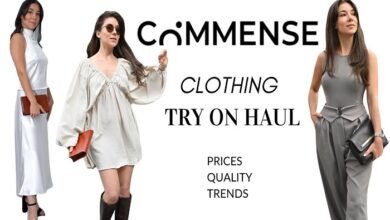Power BI and Programming Skills: Navigating the Analytics Landscape

Introduction
Power BI, a popular business analytics tool developed by Microsoft, empowers users to transform raw data into meaningful insights through interactive visualizations and business intelligence reports. A common query among those exploring Power BI is whether programming skills are necessary for utilising its full potential. In this article, we will explore the role of programming skills in Power BI and shed light on the varying levels of technical expertise required.
-
No Programming Required:
One of the standout features of Power BI is its user-friendly interface that caters to a broad audience, including business analysts and non-technical users. With its intuitive drag-and-drop functionality, users can import data, create visualizations, and design reports without any programming knowledge. Power BI Desktop, the primary authoring and publishing tool, provides a graphical interface that simplifies the analytics process. As the demand for data-driven insights continues to grow, mastering Power BI has become increasingly essential in the professional landscape. Recognizing this, numerous Power BI Training programs and courses are now available to help individuals acquire the skills needed to harness the full potential of Power BI.
-
DAX Language:
While coding skills per se might not be mandatory, a fundamental understanding of the Data Analysis Expressions (DAX) language can significantly enhance a user’s ability to manipulate and analyze data within Power BI. DAX is a formula language designed for creating custom calculations and aggregations in Power BI. Learning DAX can be seen as an entry point to unlocking more advanced analytics capabilities without delving into traditional programming languages.
-
M Query Language:
Power BI also utilizes a query language called M, which is used for data transformation tasks in Power Query Editor. Although not as prevalent as DAX, familiarity with M can be advantageous for users seeking more granular control over data shaping and cleansing processes. However, it’s worth noting that many users can effectively use Power BI without delving deeply into the M language.
-
Advanced Analytics and Integration:
For users looking to incorporate advanced analytics or integrate Power BI with external services and APIs, having programming skills can be beneficial. Languages like Python and R can be combined into Power BI for advanced statistical analysis and machine learning. While this extends the capabilities of Power BI, it’s not a prerequisite for basic reporting and visualization tasks.
-
Custom Visualizations and Extensions:
For users interested in creating custom visualizations or extending Power BI functionality, having knowledge of JavaScript may come in handy. Power BI supports the integration of custom visuals developed using JavaScript frameworks, allowing users to tailor their reports to specific needs.
Conclusion
In conclusion, programming skills are not mandatory for using Power BI effectively, especially for basic reporting and visualization tasks. The tool’s user-friendly interface allows users to create compelling reports with minimal technical expertise. However, as users delve into more advanced analytics data modeling or seek to integrate external languages and services, having a grasp of languages like DAX, M, Python, or JavaScript can enhance their capabilities within the Power BI ecosystem. Ultimately, the level of programming skills needed in Power BI depends on the complexity of the analytics tasks and the user’s specific requirements.




